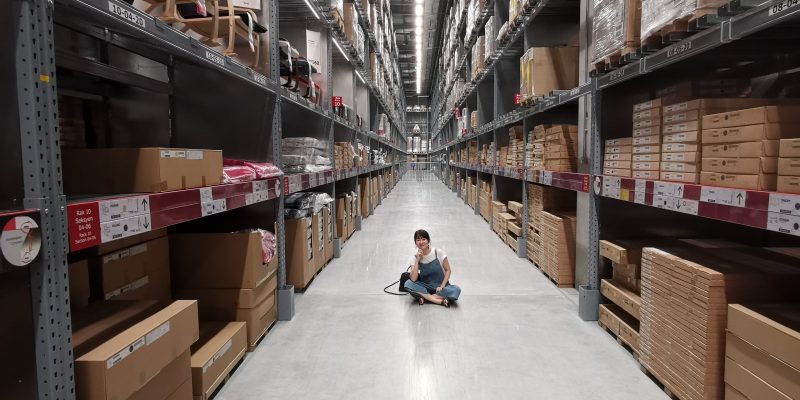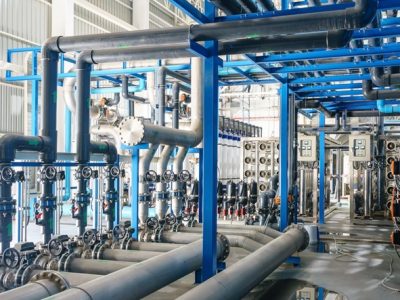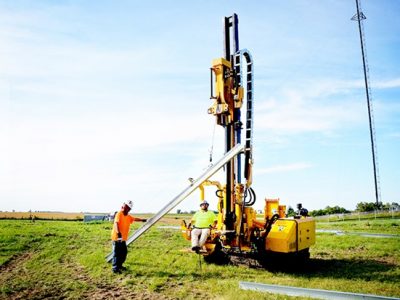Overview
Slips and falls are one of the leading causes of workplace injuries, and warehouses are no exception. Wet, dirty, or uneven floors can all create a slip hazard, and workers in warehouses are often exposed to these hazards on a daily basis.
This blog post will discuss the different types of slip hazards that can be found in warehouses, as well as tips on how to avoid them. We will also cover some of the legal requirements for preventing slips and falls in the workplace.
Types of slip hazards in warehouses
There are many different types of slip hazards that can be found in warehouses, including:
· Wet floors:
Wet floors are one of the most common types of slip hazards in warehouses. Water can come from a variety of sources, such as rain, snow, spills, and leaks.
· Dirty floors:
Dirty floors can also create a slip hazard, especially if the dirt or debris is slippery. Dirt and debris can come from a variety of sources, such as forklift tires, spilled products, and dust.
· Uneven floors:
Uneven floors can also create a slip hazard, especially if the unevenness is not obvious. Uneven floors can be caused by a variety of factors, such as wear and tear, improper installation, and damage.
· Poor lighting:
Poor lighting can make it difficult to see slip hazards, such as wet spots or uneven surfaces.
Tips on how to avoid slips in warehouses
Here are some tips on how to avoid slips in warehouses:
· Keep floors clean and dry:
This is the most important thing you can do to prevent slips. Clean up spills immediately and mop up wet floors as soon as possible. Use anti-slip mats in areas where spills are likely to occur.
· Keep floors free of debris:
Sweep and mop floors regularly to remove dirt, dust, and other debris. Use a vacuum cleaner to clean up fine dust and particles.
· Repair uneven floors:
Repair any uneven surfaces as soon as possible. If you cannot repair the surface, mark it clearly so that workers are aware of the hazard.
· Improve lighting:
Make sure that all areas of the warehouse are well lit. This will help workers to see slip hazards more easily.
· Provide training to workers:
Train workers on how to identify and avoid slip hazards. Teach them how to walk safely on wet, dirty, or uneven surfaces.
Legal requirements for preventing slips and falls in the workplace
The Occupational Safety and Health Administration (OSHA) has a number of requirements for preventing slips and falls in the workplace. These requirements include:
· Maintaining floors in a safe condition:
Floors must be kept free of hazards such as wet spots, spills, and uneven surfaces.
· Providing adequate drainage:
Floors must be properly drained to prevent water from accumulating.
· Providing slip-resistant surfaces:
Floors must have a slip-resistant surface, especially in areas where spills are likely to occur.
· Providing adequate lighting:
All areas of the workplace must be well lit.
· Training workers on slip and fall prevention:
Workers must be trained on how to identify and avoid slip hazards.
Conclusion
Slips and falls are a serious hazard in warehouses. By following the tips in this blog post, you can help to prevent these accidents and keep your workers safe.
Additional tips:
· Use anti-slip footwear:
Workers should wear anti-slip footwear, such as boots or shoes with slip-resistant soles.
· Provide clear walkways:
Keep walkways clear of clutter and obstacles.
· Use signage:
Post signs in areas where there is a risk of slipping, such as near wet floors or uneven surfaces.
· Regularly inspect your industrial flooring:
Inspect floors regularly for signs of wear and tear, damage, or other hazards.
· Maintain equipment:
Keep equipment, such as forklifts and pallet jacks, in good condition to prevent leaks and spills.
Here are some additional steps that warehouse owners and managers can take to reduce the risk of slips and falls:
· Develop a slip and fall prevention program:
This program should include training for workers, as well as procedures for cleaning and maintaining floors, inspecting equipment, and responding to spills.
· Conduct regular safety audits:
These audits should identify any potential slip hazards in the warehouse and recommend corrective actions.
· Encourage workers to report slip and fall hazards:
Workers should be encouraged to report any slip and fall hazards they see to their supervisor.
By taking these steps, warehouse owners and managers can help to create a safer workplace for their employees.












Comments